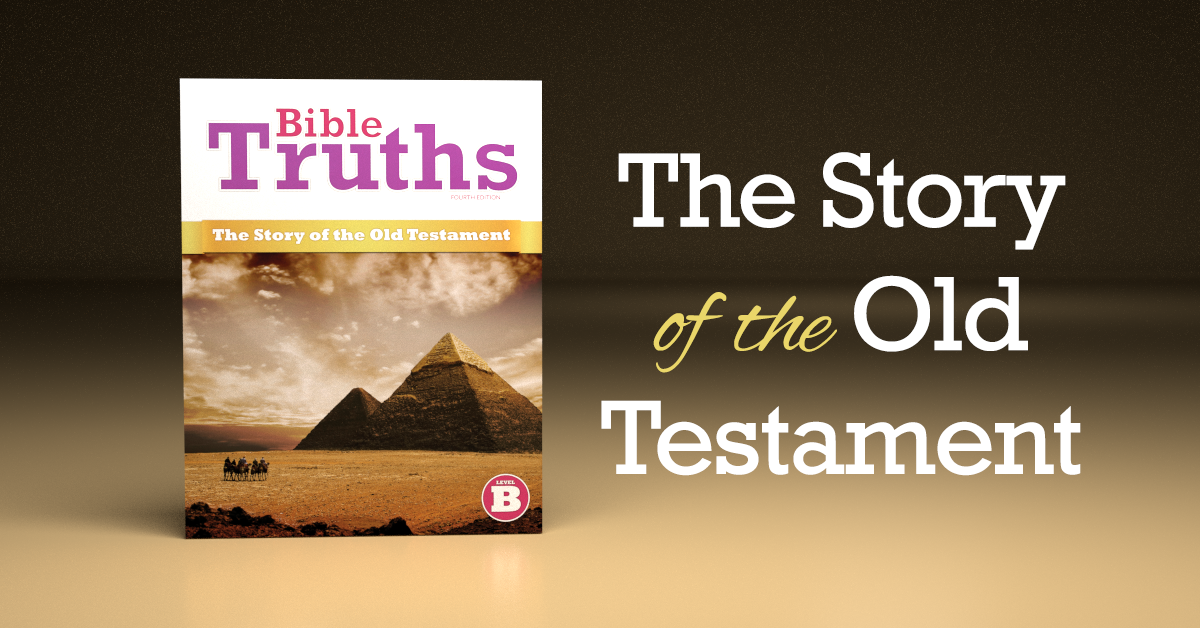
According to the National Center for Educational Statistics, more than 60 percent of homeschoolers choose to teach their children at home because they want to “provide religious instruction.” That was true for my parents when they decided to homeschool me, and it is true for my family as my wife and I now homeschool our children. Secular public education is not an option for us. We want to provide our kids with a Christian education that makes the connection between faith and learning in our homeschool.
Secular Disconnect
If you ask most Christian parents whether they use secular lessons in their homeschool, they typically say, “No way!” But that’s assuming that secular means denying God’s existence. Actually, secularism claims that religion is a private matter and as such shouldn’t influence considerations regarding public life. So we have public officials who say, “I’m a Christian, but I don’t let that affect my decision-making.”
When we take a secular-based teaching of math, science, or English into our homeschool and place religious education around it, we present education and faith as unrelated. We’re still giving our children a secular education by acknowledging a disconnect between faith and learning.
Worldview Connection
The connection between faith and homeschooling comes from a strong biblical worldview. The basis of any worldview is a big narrative that answers crucial life questions such as “Who am I?” and “Where did I come from?”
The Bible gives us the narrative of Creation, Fall, Redemption. Understanding this story and its implications for homeschooling enables us to connect faith and learning. Let’s look at how each part of this narrative connects faith and learning.
1. Creation Connection
God created humans in His own image and blessed them with stewardship over all the rest of His other creation. These truths from the creation account enable us to make the first and foundational connection to learning. We learn because God blessed us with His image and gave us a job. Our learning reflects God’s glory and it is a powerful tool for fulfilling His command to exercise rule over creation.
2. Fallen Disruption
When Adam sinned, his heart became fallen. It loves wrongly and so thinks wrongly. The account of the fall points to a second, deeper connection between faith and learning. As we learn, we must be vigilant of wrong thoughts based on wrong loves. That doesn’t frighten us from education. Instead we should use the Bible as a corrective lens in all that we’re learning so that we can evaluate the ideas within any subject and reject the false ones.
3. Redemption Connection
God’s plan for redemption is as sweeping as the fall. It can straighten out all of those twisted thoughts we encounter in science, literature, and history. As believers, we’re obligated to bring every thought into obedience to Christ. This is the final, deepest connection between our faith and learning. When we evaluate an erroneous idea in a subject, we cannot simply identify it as false and move on. We must press it back toward God’s creational design.
Let’s take math and see how a biblical worldview enables us to connect faith and learning. Notice how each step makes a deeper connection.
- Creation: Since we’re made in God’s image, we can use math as a powerful tool. So we use it to rule over God’s creation and serve others to bring Him glory.
- Fall: God’s lordship over all creation disproves secularists’ claim that “math is neutral.”
- Redemption: Math must be governed by the Christian ethic laid out in Scripture. It should only be used to love my neighbor and never used to do my neighbor harm.
You and I know the account of Creation, Fall, and Redemption. But how are we doing bringing these big-story implications for learning to our children’s homeschooling? Take time to determine if your homeschooling is presenting faith and learning as unconnected or if it is reaching the kind of connection that a biblical worldview demands. At BJU Press, we’re committed to providing resources and curriculum that assist homeschool families in creating those connections between faith and learning. Each post below provides an in-depth look at the three connections—Creation, Fall, and Redemption.



